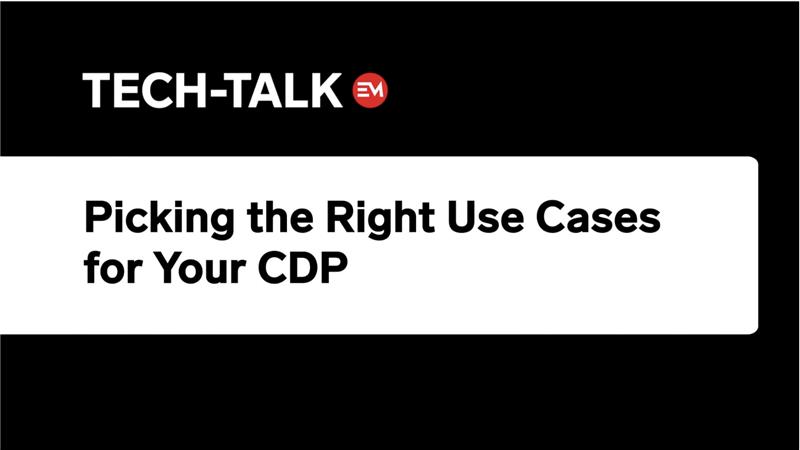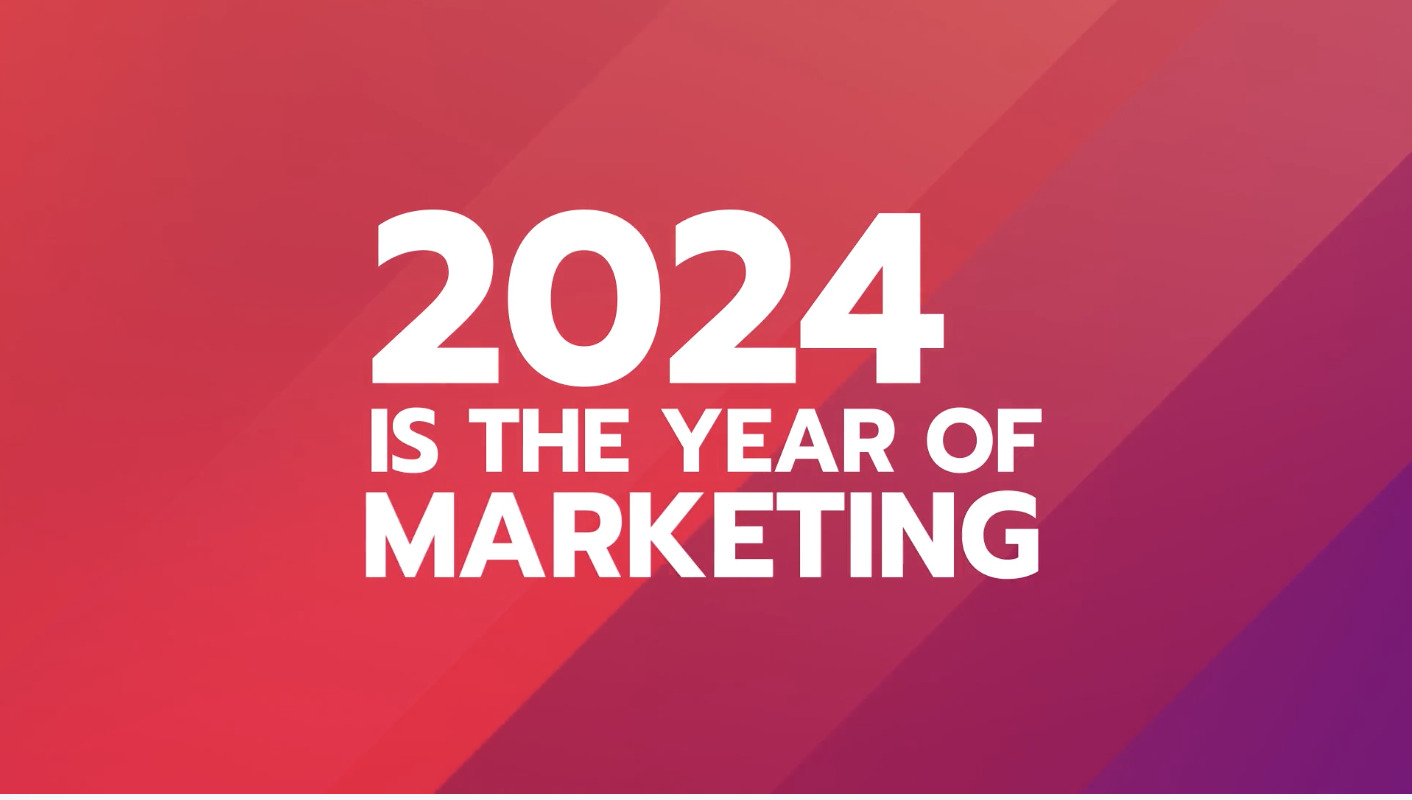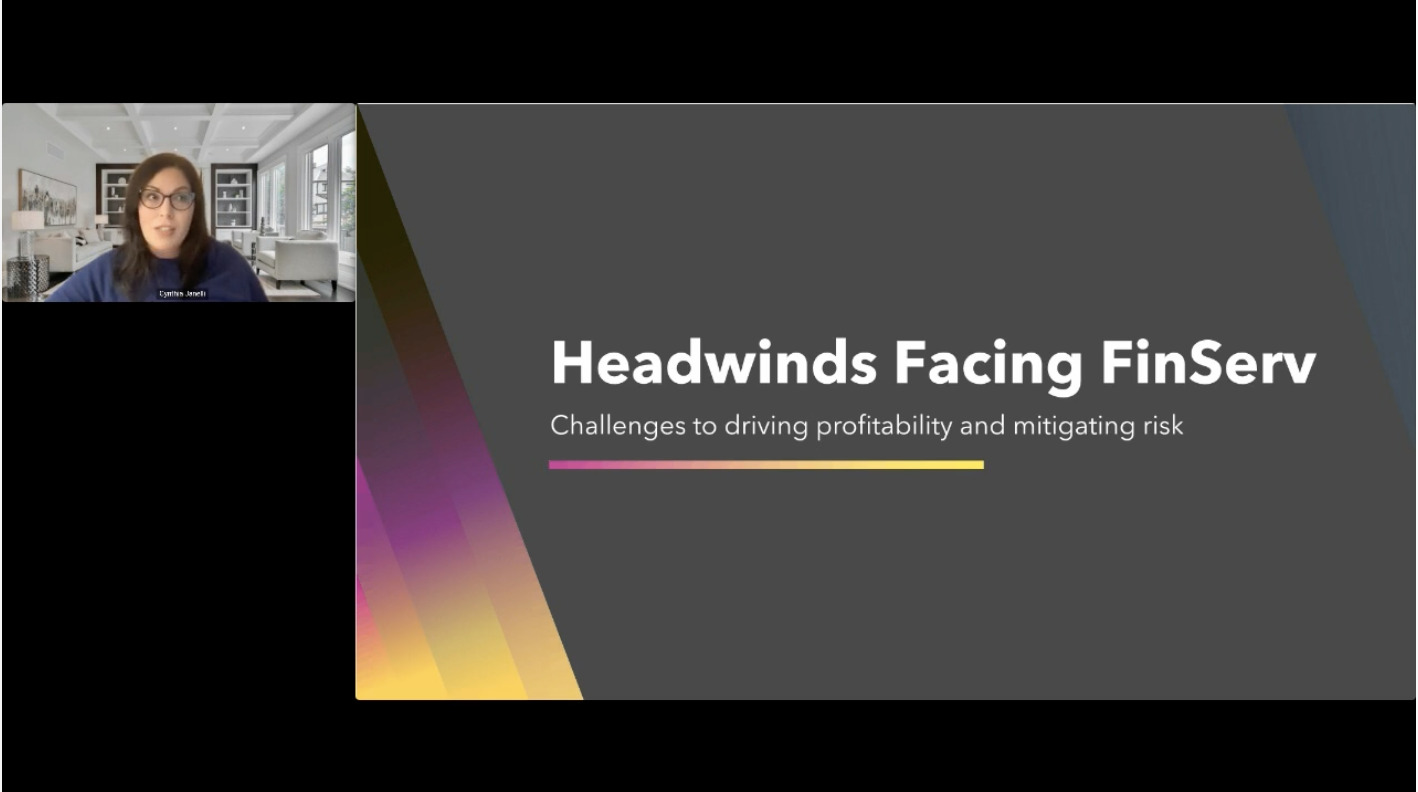Insights
-
 Whitepapers
WhitepapersBuilding a True Business Case for Your CDP: Why Use Cases Matter
Presented by Zeta and the CDP Institute, THIS whitepaper explains why proper use case definition is essential to CDP success. Learn how to engage business users so they understand how a CDP will help them achieve their business goals, and act as advocates toward your objective.February 12, 2024 |
< 1 min read
-
 Articles
ArticlesPrecision, Personalization, and Predictive Power
January 31, 2024 |
3 min read
-
 Articles
ArticlesWhat Gmail and Yahoo’s Inbox Updates Mean for Your Email Program
January 29, 2024 |
4 min read
Categories
Featured Case Studies

Case Studies
How Renault Poland Created an Action Plan for the Looming Era of Post-Cookie Advertising
April 8, 2024 | 3 min read

Case Studies, Videos
Cumberland Packing Finds Consolidating with Zeta Leads to Drastic Business Improvements
April 3, 2024 | < 1 min read

Case Studies, Videos
Kia Germany Partners with Zeta to Deliver Higher Quality Leads and Engagement
December 20, 2023 | < 1 min read
Featured Articles
Featured Reports
Featured Videos

Case Studies, Videos
Cumberland Packing Finds Consolidating with Zeta Leads to Drastic Business Improvements
April 3, 2024 | < 1 min read

Videos, Webinars
Picking the Right Use Cases for Your CDP
March 19, 2024 | < 1 min read

Videos
What’s In Store for 2024: Industry Leaders and Influencers Weigh In
January 3, 2024 | < 1 min read
Featured Webinars

Videos, Webinars
Picking the Right Use Cases for Your CDP
March 19, 2024 | < 1 min read

Videos, Webinars
Customer Intelligence & Insights to Mitigate Risk: What Financial Services Marketers Need to Know
December 14, 2023 | < 1 min read

Videos, Webinars
Hype Check:What Marketers Really Want to Know About Generative AI
December 4, 2023 | 2 min read
Featured Whitepapers


Whitepapers
Navigating the Cookieless Ecosystem
March 29, 2024 | < 1 min read


Whitepapers
Building a True Business Case for Your CDP: Why Use Cases Matter
February 12, 2024 | < 1 min read

Whitepapers
Customer Intelligence & Insights to Mitigate Risk: What Financial Services Marketers Need to Know
December 14, 2023 | < 1 min read
Latest Post

Articles
How to Choose the Right ESP: 6 Differentiators That Matter
April 18, 2024 | 4 min read

Articles
Differences Between CDPs vs. CRMs for Marketers
April 17, 2024 | 4 min read

Reports
Zeta Certified as a RealCDP by CDP Institute
April 12, 2024 | < 1 min read

Trending Topics, Articles
Adjusting to Cookieless Advertising—What You Need to Know
April 11, 2024 | 9 min read

Articles
Top 12 Examples of Omnichannel Goals for Successful Marketing ROI
April 10, 2024 | 3 min read
Categories
- All Categories
- Trending Topics
- Case Studies
- Reports
- Videos
- Webinars
- Whitepapers
- Articles
Get the latest Zeta News
Sign up to get news, updates, research reports, and more from our newsletter.


